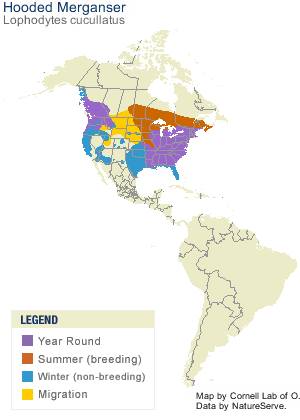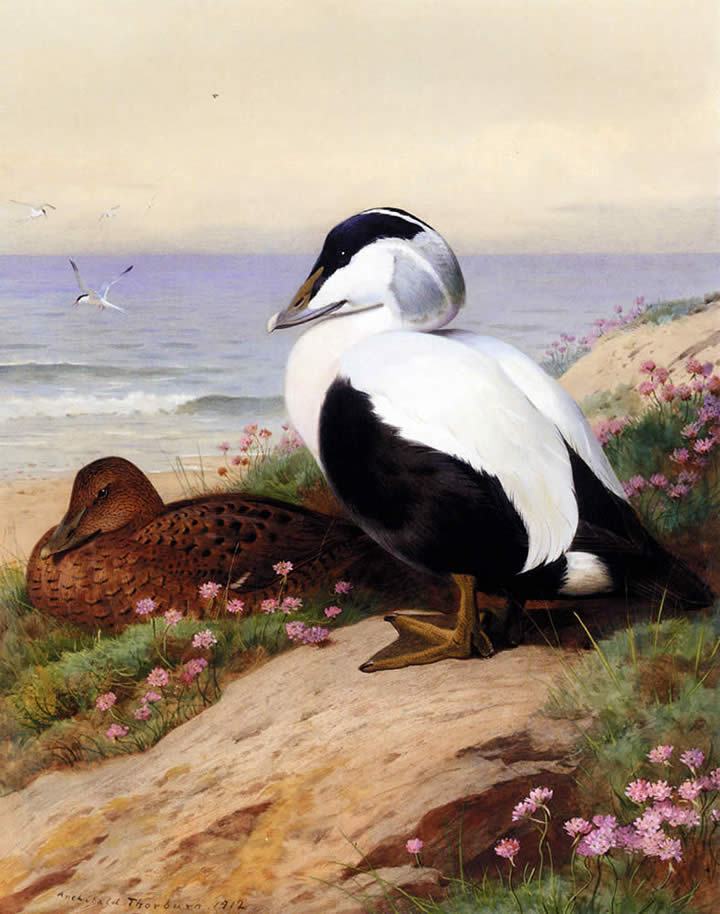Blue Duck
IUCN Listing - Endangered - decreasing population
Once they expanded in New Zealand, however, now they are confined to only some mountains in New Zealand with streams that provide a plethora variety of invertebrates for the surviving Blue Duck populations. They are capable of diving for their invertebrate prey and will sometimes use the boulders in the streams as levers to dive deeper. Usually the duck stays on the breeding grounds unless there is no longer a sufficient amount of food left, remaining near to rivers
Winter Habitat: Rivers in the mountains of New Zealand
Food: Aquatic invertebrates
 Foraging Technique
Foraging Technique: They are capable of diving for their invertebrate prey and will sometimes use the boulders in the streams as levers to dive deeper.
Breeding Habitat: Once they expanded in New Zealand, however, now they are confined to only some mountains in New Zealand with streams that provide a plethora variety of invertebrates for the surviving Blue Duck populations. Usually the duck stays on the breeding grounds unless there is no longer a sufficient amount of food left, remaining near to rivers
Nesting Preference: Hallow logs and small caves
Average Clutch Size: 5 eges
First age of Breeding: 5 months old, they are already performing pair formations
Literature cited:
Ducks, Geese and Swans of the World




































